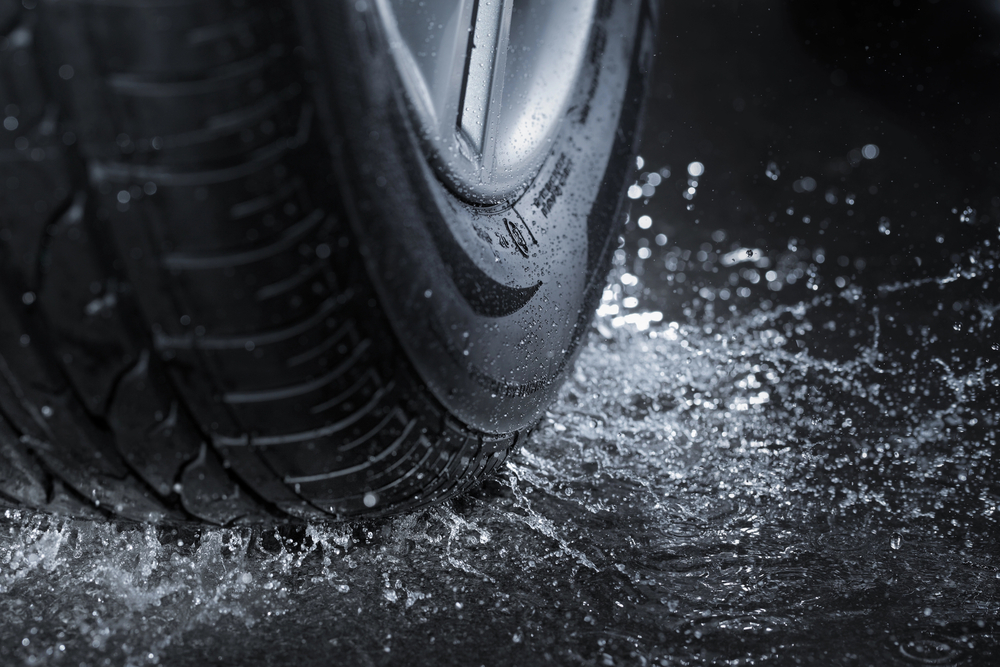When you’re stranded on the side of the road with a flat tyre, the promise of an emergency tyre repair service can seem like a beacon in the dark. But amidst the urgency to get back on the road, it’s natural to wonder about the safety and reliability of these emergency fixes. Let’s delve into the world of emergency tyre repair, understanding its safety and when it’s appropriate to consider it.

Understanding Emergency Tyre Repair
Emergency tyre repair typically involves using a temporary fix to make a tyre roadworthy until a more permanent solution can be applied. This can range from using sealants that fill punctures to external plugs or patches. The primary goal is to ensure that you can safely drive to a tyre service centre for a comprehensive repair or replacement.
Safety of Emergency Repairs
Temporary Nature
Emergency tyre repairs are, by nature, temporary. They are designed to get you out of a bind and not for long-term use. The safety of these repairs depends significantly on the type of damage, the repair method used, and the distance driven on the repaired tyre.
Type of Damage
The safety of an emergency tyre repair Edinburgh largely depends on the tyre’s damage. Punctures less than 6mm in diameter located in the tread area are generally considered repairable. However, damage to the sidewall or large punctures often requires tyre replacement for safety.
Repair Methods
Sealants: Tyre sealants can temporarily seal small punctures, allowing you to drive to a repair shop. However, they’re not suitable for large punctures or sidewall damage and can sometimes complicate future repairs.
Plugs and Patches: Professional tyre services may use plugs for small, straightforward punctures or a combination of plugs and patches for a more durable repair. While plugs can be applied without removing the tyre from the wheel, patches require tyre removal, offering a more secure fix.
When Is It Safe?
Emergency tyre repairs are safe under specific conditions:
- The puncture is small and located in the central tread area.
- The tyre’s structural integrity is not compromised (e.g., no significant sidewall damage).
- The repair is performed using high-quality materials and methods.
- The repaired tyre is inspected and replaced or properly repaired as soon as possible.
Best Practices for Dealing with Tyre Emergencies
Immediate Inspection and Replacement
After using an emergency repair method, it’s crucial to have the tyre inspected by a professional at the earliest opportunity. They can assess whether the tyre needs a more permanent repair or if it should be replaced to ensure your safety on the road.
Carry a Spare Tyre
Having a spare tyre is always the safest option. It allows you to replace a damaged tyre immediately and continue driving without relying on temporary repair methods.
REACT Training for Professionals
Professionals performing emergency tyre repairs on the roadside should be REACT (Roadside Emergency Action Concerning Tyres) trained. This certification ensures they have the skills to safely and effectively perform repairs in potentially hazardous roadside conditions.